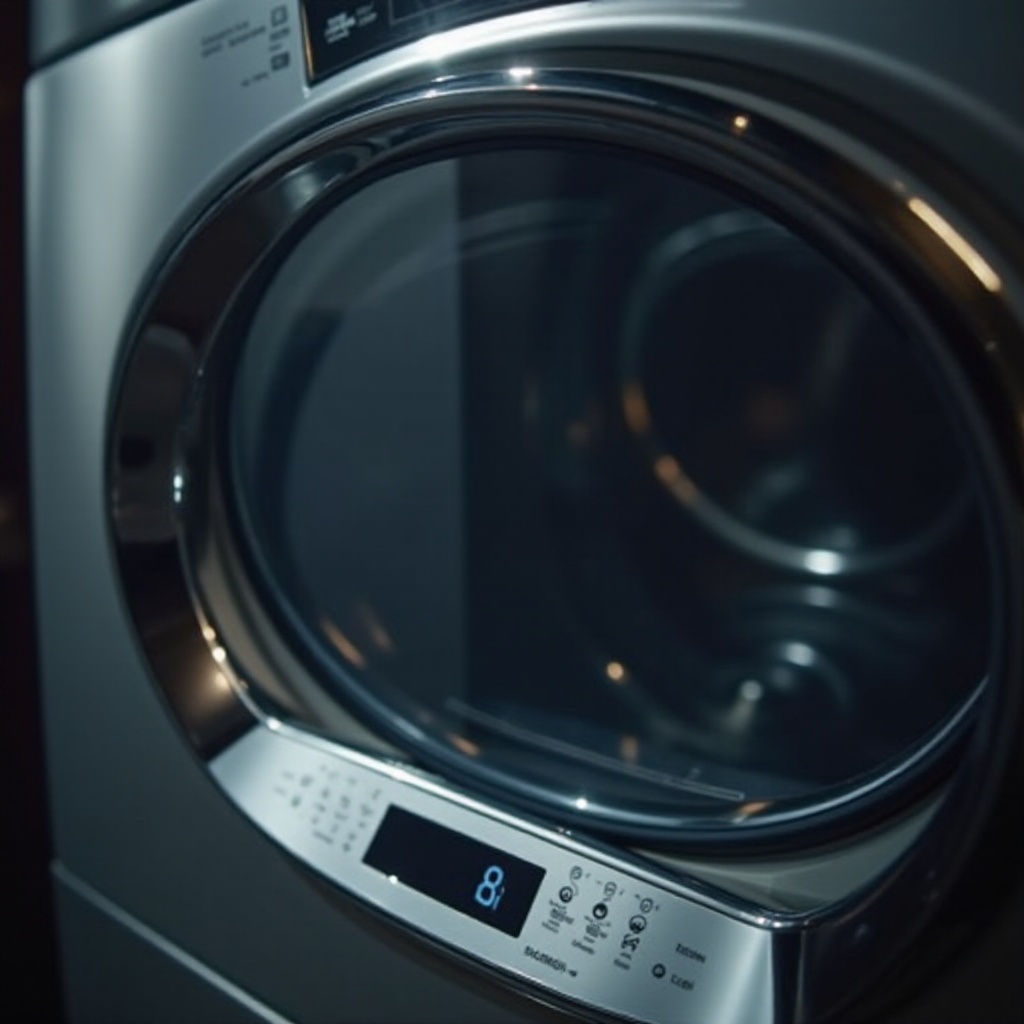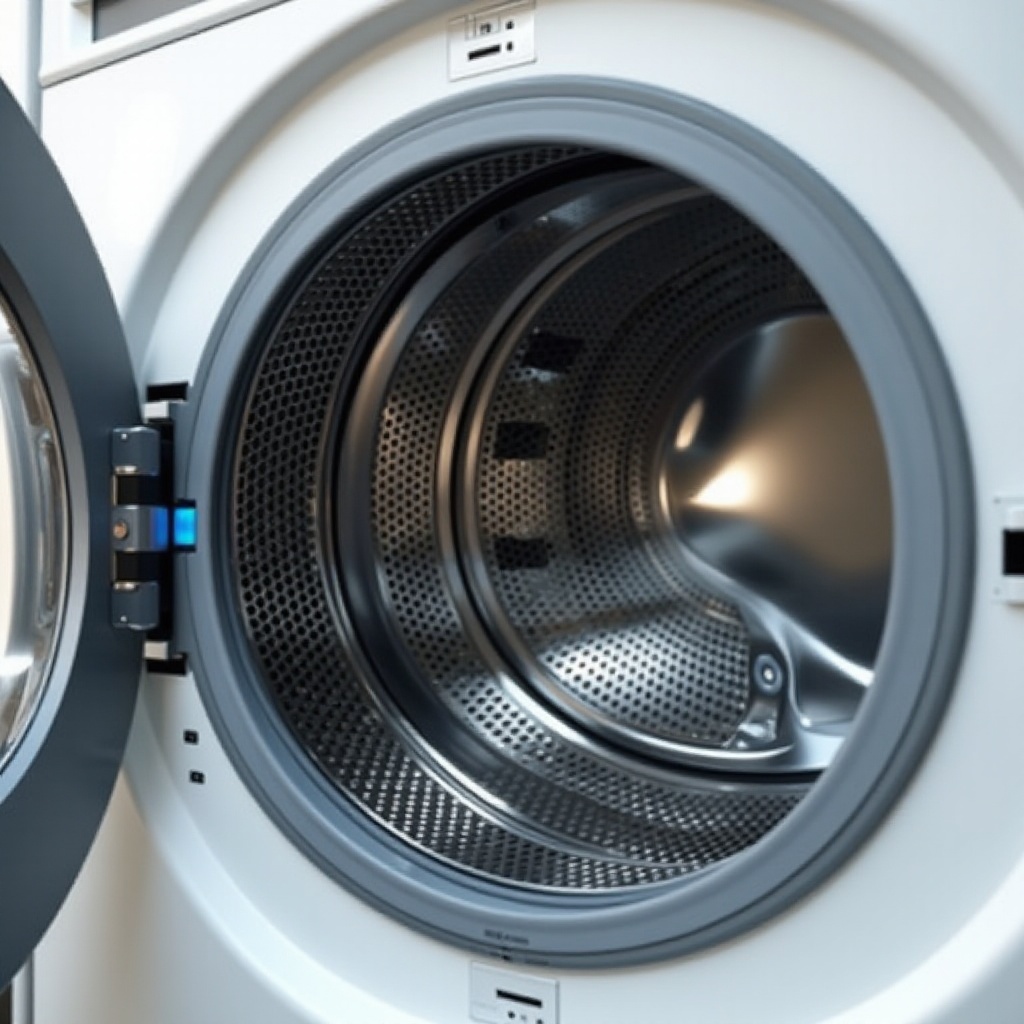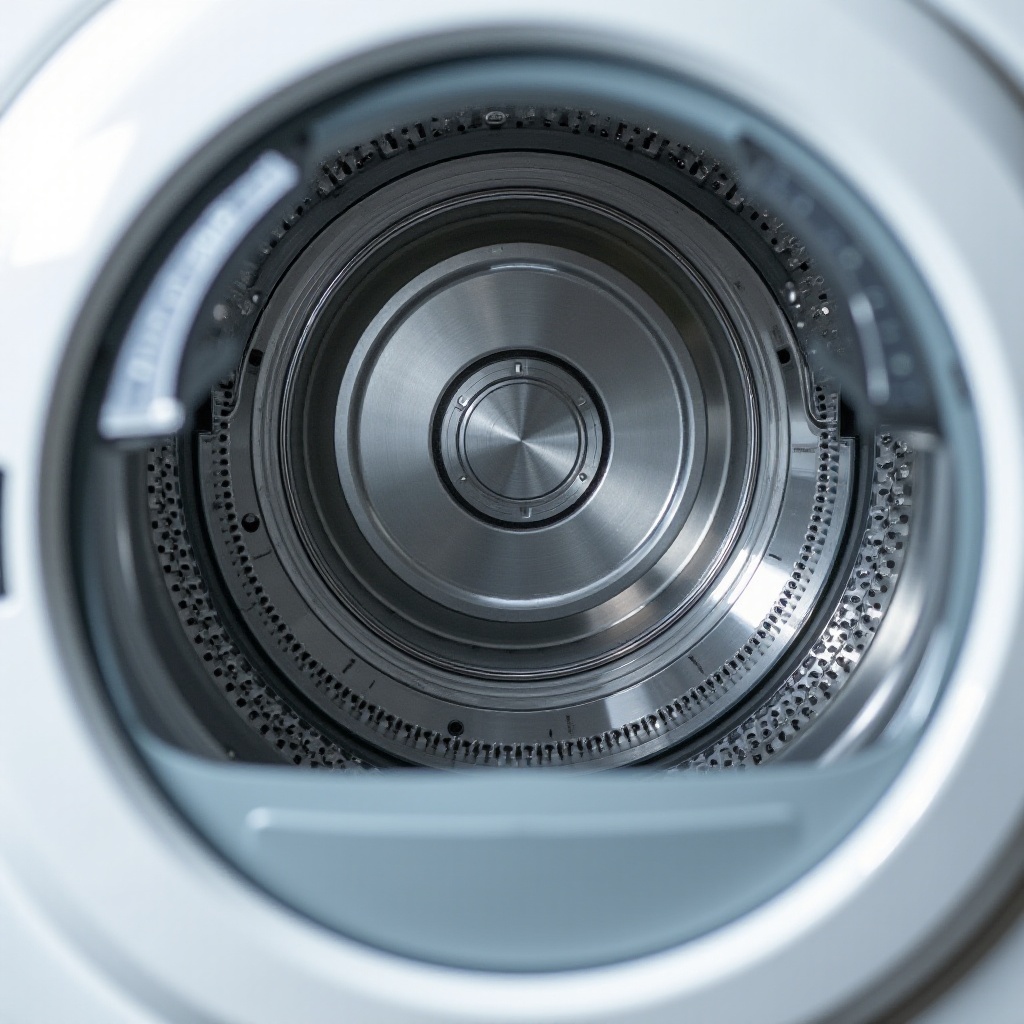Dryers play a crucial role in our daily lives, saving us time and effort by efficiently drying our clothes. Understanding how these appliances work can help us use them more effectively and make informed decisions if issues arise or when it’s time to purchase a new one. This guide delves into the core mechanics of dryers, the various types available, and highlights the innovative technologies enhancing their efficiency and functionality.
Introduction
Dryers have become essential in households, simplifying the laundry process by rapidly drying clothes. But how do these machines achieve such efficiency? This article explores the inner workings of dryers, providing a comprehensive understanding of their operation, various models on the market, and the latest technological advancements that are now standard in modern units. By the end of this guide, you will be equipped with the knowledge to choose and use dryers effectively.

The Basic Mechanics of a Dryer
At the heart of a dryer's function lies a simple yet effective process. Dryers operate by leveraging heat, motion, and airflow to dry clothes efficiently. These three elements work together to eliminate moisture from fabric.
- Heat Generation: Dryers use a heating element or a gas burner to produce heat. This heat evaporates the moisture from the wet clothes.
- Motion: The drum of the dryer rotates, tumbling the clothes to prevent them from clumping together, allowing for even distribution of heat and improved drying efficiency.
- Airflow: Once heat is applied, the moisture-laden air is expelled through an exhaust vent, making room for a fresh flow of warm air to continue drying the clothes.
Understanding these mechanics provides a foundation for grasping how different dryers may vary in their approach to drying, which we will explore next.

Types of Dryers and Their Operations
The market offers several types of dryers, each utilizing distinct methods to achieve drying, tailored to specific needs and energy sources.
- Electric vs. Gas Dryers: Electric dryers use electrical heating elements, while gas dryers use a gas burner to generate heat. Gas dryers typically dry clothes faster and can be more energy-efficient, but they require access to a gas line.
- Condenser vs. Vented Dryers: Vented dryers expel moisture-laden air outside through a duct, while condenser dryers remove moisture without ventilation, collecting the water in a tank or directing it to a drain.
Each type caters to different household needs and infrastructure capabilities. Understanding these differences when selecting a dryer ensures it fits both practical and economic necessities. Now, let's look into the crucial components that make up these dryers.
Components and Their Functions
Understanding the components of a dryer helps with troubleshooting and maintenance, ensuring they perform at full efficiency.
- The Drum and Motor: The drum holds the clothes and is rotated by a belt-driven motor. Keeping the motor and belt in good condition is crucial for even drying.
- Heating Element and Thermostat: The heating element generates the necessary heat, while the thermostat regulates the temperature, preventing overheating and ensuring safety.
- Airflow System and Filters: The airflow system, including fans and vents, moves air through the dryer. Filters trap lint and need regular cleaning to maintain proper airflow and avoid fire hazards.
These components work in harmony to facilitate effective drying. Being familiar with them aids in identifying potential issues before they escalate. Understanding the inner workings also helps us appreciate the advancements made in dryer technology.

The Drying Process Explained
Beyond the mechanics, the drying process is a carefully choreographed sequence ensuring efficient drying without damaging clothes.
- Heat Generation: Electric coils or gas burners heat the air drawn into the dryer.
- Moisture Evaporation: Heated air enters the drum, absorbing moisture from the clothes.
- Air Circulation: Moisture-laden air exits through vents, allowing new warm air to circulate, maintaining an efficient drying cycle.
These steps are seamlessly executed in modern dryers, significantly enhancing their performance. Next, let's look at the innovations making dryers more efficient and user-friendly.
Energy Efficiency and Technology Innovations
Technological advancements have propelled dryers into new realms of efficiency and user-friendliness.
- Energy-Efficient Models: Many new dryers come with energy-star ratings, signifying reduced energy consumption.
- Smart Dryer Features: Modern dryers are equipped with smart technology, such as smartphone connectivity, moisture sensors for automatic adjustments, and diagnostic tools alerting maintenance needs.
These innovations make dryers more efficient, environmentally friendly, and easier to use. However, regular maintenance and understanding how dryers function can significantly enhance their lifespan.
Conclusion
Understanding how dryers work aids in optimizing their use, ensuring energy efficiency, and troubleshooting common problems. Whether selecting a new appliance or maintaining an existing one, knowledge of dryer mechanics, types, and technological innovations guarantees better performance and longer-lasting appliances.
Frequently Asked Questions
What maintenance does a dryer require?
Regular cleaning of lint trays, vents, and inspecting belts and hoses for wear improves efficiency and safety.
How do sensors in dryers work?
Moisture sensors within the dryer detect when clothes are dry enough and automatically stop the cycle to save energy and prevent over-drying.
What are common signs that a dryer needs repair?
Unusual noises, prolonged drying times, and overheating are signals that a dryer may need professional servicing.
